Home>Furniture & Design>Interior Design Trends>How To Clean Scratches On Glass
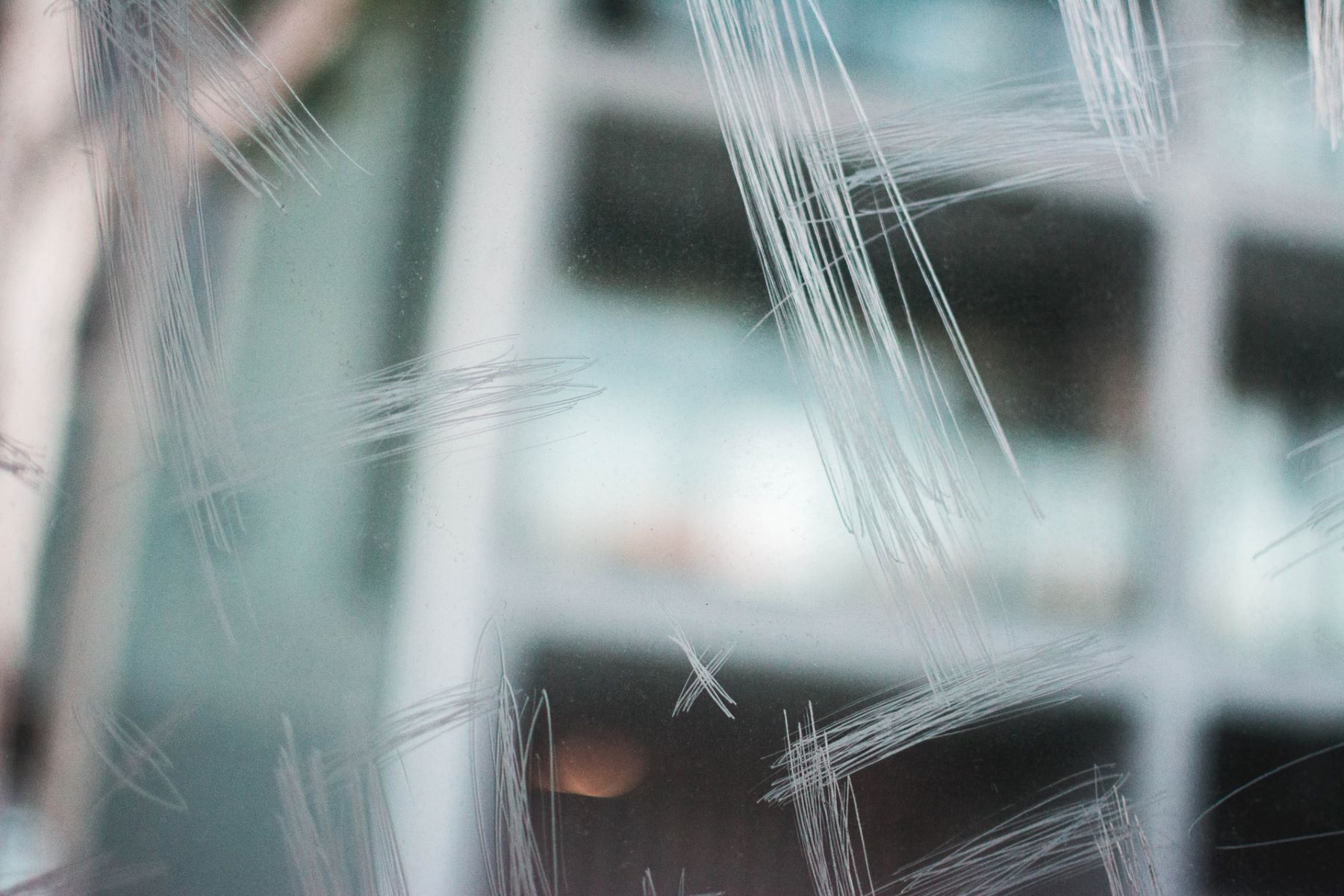

Interior Design Trends
How To Clean Scratches On Glass
Modified: April 22, 2024
Learn how to effectively clean scratches on glass and keep up with the latest interior design trends. Discover expert tips and techniques for a flawless finish.
(Many of the links in this article redirect to a specific reviewed product. Your purchase of these products through affiliate links helps to generate commission for Storables.com, at no extra cost. Learn more)
Introduction
Glass is a versatile and elegant material that adds a touch of sophistication to any space. Whether it's a sleek glass tabletop, a stylish glass door, or a stunning glass window, the beauty of glass can be marred by unsightly scratches. These scratches not only detract from the aesthetic appeal of the glass but can also compromise its functionality and clarity.
In this comprehensive guide, we will delve into the art of restoring the luster and pristine condition of glass by addressing those pesky scratches. From understanding the different types of glass scratches to equipping yourself with the necessary tools and materials, we will walk you through a step-by-step process to effectively clean and restore scratched glass surfaces.
By the end of this guide, you will be equipped with the knowledge and skills to tackle glass scratches with confidence, ensuring that your glass features regain their former glory. So, roll up your sleeves and get ready to bid farewell to those bothersome blemishes as we embark on a journey to restore the brilliance of your glass surfaces.
Key Takeaways:
- Say goodbye to glass scratches by understanding their types and using the right tools and materials for restoration. Follow a step-by-step guide to bring back the luster of your glass surfaces.
- Prevent future glass scratches by handling glass with care, using protective coatings, and regular maintenance. With proactive measures, preserve the timeless beauty of your glass features.
Read more: How To Repair Scratched Glass
Understanding the Types of Glass Scratches
Glass scratches can manifest in various forms, each with its own distinct characteristics and causes. Understanding the different types of glass scratches is crucial in determining the most effective approach to remedying them. Here are the primary types of glass scratches:
-
Surface-Level Scratches: These scratches are superficial and typically affect only the outermost layer of the glass. They are often caused by contact with abrasive materials or minor impacts. Surface-level scratches may appear as faint, shallow marks on the glass.
-
Deep Scratches: Unlike surface-level scratches, deep scratches penetrate deeper into the glass, extending beyond the outer layer. These scratches are more pronounced and can significantly compromise the structural integrity and visual clarity of the glass. Deep scratches are commonly the result of more forceful impacts or contact with sharp objects.
-
Hairline Scratches: Hairline scratches are extremely fine and may appear as thin, almost imperceptible lines on the glass surface. While they may seem minor, these scratches can still detract from the overall appearance of the glass, especially when light reflects off the surface.
-
Patterned Scratches: Patterned scratches can occur in various configurations, such as circular, wavy, or intersecting lines. These scratches may result from specific types of abrasive contact or repetitive motions against the glass surface.
By recognizing the distinct characteristics of each type of glass scratch, you can better assess the extent of the damage and determine the appropriate course of action for restoration. Whether you are dealing with surface-level blemishes or deeper, more pronounced scratches, identifying the specific type of damage is the first step toward effectively addressing and rectifying the issue.
Understanding the nature of glass scratches empowers you to make informed decisions when selecting the tools, materials, and techniques needed to restore the glass to its original splendor. With this knowledge in hand, you are better equipped to embark on the journey of rejuvenating your glass surfaces and bidding farewell to those unsightly imperfections.
Tools and Materials Needed for Cleaning Glass Scratches
When it comes to addressing glass scratches, having the right tools and materials at your disposal is essential for achieving successful restoration. Here's a comprehensive list of the items you will need to effectively clean and repair glass scratches:
Tools:
-
Microfiber Cloth: A soft and lint-free microfiber cloth is ideal for gentle cleaning and polishing of glass surfaces. It helps to avoid further scratching while effectively removing dirt and debris.
-
Glass Cleaner: Choose a high-quality glass cleaner specifically formulated for removing stains, smudges, and light scratches from glass. Look for a non-abrasive formula to ensure that it does not exacerbate the scratches during the cleaning process.
-
Polishing Compound: A specialized glass polishing compound is designed to diminish the appearance of light to moderate scratches on glass surfaces. Select a reputable brand known for its effectiveness in restoring clarity and smoothness to scratched glass.
-
Cerium Oxide: This rare earth compound is a popular choice for polishing and buffing out scratches on glass. It is particularly effective for addressing deeper scratches and blemishes, providing a smoother finish when used with a polishing pad.
-
Buffing Wheel or Pad: When dealing with moderate to deep scratches, a buffing wheel or pad attachment for a power drill can expedite the polishing process. These tools help to evenly apply the polishing compound or cerium oxide, facilitating efficient scratch removal.
-
Protective Gloves: To safeguard your hands during the glass restoration process, it's advisable to wear protective gloves. This precaution helps prevent skin irritation and ensures safe handling of chemicals and abrasive materials.
Materials:
-
Masking Tape: Utilize masking tape to protect surrounding areas of the glass from accidental contact with polishing compounds or abrasive materials. This precautionary measure helps to contain the restoration process and prevent damage to adjacent surfaces.
-
Water: Clean, lukewarm water is essential for rinsing the glass surface before and after the scratch removal process. It aids in the removal of debris and residual polishing compounds, leaving the glass surface clean and ready for inspection.
-
Safety Glasses: When using power tools or handling abrasive materials, wearing safety glasses is crucial to protect your eyes from potential hazards. Prioritize safety by equipping yourself with appropriate eye protection throughout the restoration procedure.
By assembling these tools and materials, you will be well-prepared to embark on the journey of restoring your glass surfaces to their former brilliance. With the right equipment at your disposal, you can confidently proceed to the next phase of the glass scratch cleaning process, ready to tackle the imperfections and unveil the inherent beauty of your glass features.
Read more: How To Fill Scratches In Glass
Step-by-Step Guide to Cleaning Glass Scratches
-
Prepare the Work Area: Begin by ensuring that the work area is well-ventilated and free from dust and debris that could potentially interfere with the scratch removal process. Lay down protective coverings to safeguard surrounding surfaces and create a controlled environment for the restoration procedure.
-
Clean the Glass Surface: Using a non-abrasive glass cleaner and a microfiber cloth, thoroughly clean the scratched area to remove any dirt, grime, or residue. This initial cleaning step prepares the glass surface for closer inspection and subsequent scratch treatment.
-
Identify the Type and Severity of Scratches: Carefully examine the scratches to determine their depth and extent. This assessment will guide the selection of the appropriate polishing compound or cerium oxide for the specific type of scratches present on the glass surface.
-
Apply Masking Tape: Use masking tape to outline the perimeter of the scratched area, creating a protective barrier around the targeted section of the glass. This precautionary measure helps to prevent accidental contact with adjacent areas during the scratch removal process.
-
Apply Polishing Compound or Cerium Oxide: Depending on the severity of the scratches, apply a small amount of the chosen polishing compound or cerium oxide to the scratched area. Use a soft cloth or a buffing wheel attachment for a power drill to evenly distribute the compound across the scratches.
-
Polish the Scratched Area: With gentle yet firm pressure, begin polishing the scratched area in a circular motion. If using a buffing wheel attachment, operate the drill at a moderate speed to ensure controlled and consistent polishing. Continue polishing until the scratches begin to diminish, periodically inspecting the progress.
-
Rinse and Inspect: Once the polishing process is complete, rinse the glass surface with clean, lukewarm water to remove any residual polishing compound or cerium oxide. Thoroughly inspect the treated area to assess the effectiveness of the scratch removal and determine if further polishing is required.
-
Repeat if Necessary: For deeper or persistent scratches, repeat the polishing process with the appropriate compound, adjusting the pressure and duration as needed. Exercise patience and precision to gradually reduce the visibility of the scratches without compromising the integrity of the glass.
-
Final Cleaning and Evaluation: After achieving satisfactory results, perform a final cleaning of the glass surface to remove any remaining traces of polishing compounds. Use a fresh microfiber cloth to gently buff the treated area, restoring its clarity and smoothness.
-
Admire the Restored Glass: Stand back and admire the revitalized glass surface, now free from the unsightly scratches that once marred its beauty. Revel in the satisfaction of successfully restoring the luster and pristine condition of the glass, showcasing its inherent elegance once more.
By following this step-by-step guide, you can confidently embark on the journey of cleaning and rejuvenating glass surfaces, bidding farewell to those bothersome scratches and welcoming back the timeless allure of flawless glass features.
Use a mixture of white toothpaste and baking soda to gently buff out scratches on glass. Apply the mixture with a soft cloth, then wipe clean with a damp cloth.
Tips for Preventing Future Scratches
Preventing future scratches on glass surfaces is essential for maintaining their pristine condition and visual appeal. By implementing proactive measures and best practices, you can safeguard your glass features from potential damage and prolong their longevity. Here are valuable tips to help you prevent future scratches and preserve the impeccable clarity and smoothness of your glass surfaces:
-
Use Protective Coatings: Consider applying a protective coating or film specifically designed for glass surfaces. These coatings act as a barrier against scratches, abrasions, and environmental elements, effectively shielding the glass from potential damage. Opt for high-quality coatings that offer durability and transparency, ensuring that the natural beauty of the glass remains unobscured.
-
Handle Glass with Care: Exercise caution when handling glass items to minimize the risk of accidental scratches. When moving or repositioning glass tabletops, panels, or decorative pieces, lift them carefully and avoid sliding them across surfaces. By handling glass with care, you reduce the likelihood of abrasive contact that could lead to scratches.
-
Regular Maintenance and Cleaning: Establish a routine for regular maintenance and cleaning of glass surfaces. Use non-abrasive cleaning tools and gentle glass cleaners to remove dust, smudges, and debris without causing micro-scratches. By keeping the glass clean and free from abrasive particles, you mitigate the potential for surface damage.
-
Avoid Abrasive Materials: When cleaning or wiping glass surfaces, refrain from using abrasive materials such as rough sponges, harsh brushes, or abrasive cleaning pads. Opt for soft, non-abrasive cloths and gentle cleaning solutions to maintain the integrity of the glass and prevent inadvertent scratching during cleaning activities.
-
Protective Padding and Cushioning: When placing objects on glass surfaces, use protective padding or cushioning to create a buffer between the items and the glass. This precautionary measure helps to minimize the risk of scratches caused by the movement or shifting of objects, especially in high-traffic areas or on frequently used glass tabletops.
-
Regular Inspection and Maintenance: Periodically inspect glass surfaces for any signs of wear, scratches, or damage. Promptly address any minor scratches or blemishes to prevent them from worsening over time. By staying vigilant and proactive, you can intervene early and preserve the pristine condition of the glass.
-
Educate and Raise Awareness: If applicable in a commercial or public setting, educate employees, visitors, or occupants about the importance of handling glass surfaces with care. By raising awareness and promoting responsible glass handling practices, you can minimize the risk of accidental damage and contribute to the long-term preservation of glass features.
By incorporating these preventive measures into your glass maintenance routine, you can effectively minimize the risk of future scratches and uphold the impeccable appearance and functionality of your glass surfaces. With a proactive approach to glass care and protection, you can enjoy the enduring beauty and clarity of your glass features for years to come.
Conclusion
In conclusion, the art of cleaning and restoring glass scratches is a transformative process that empowers individuals to reclaim the pristine beauty and functionality of glass surfaces. By understanding the nuances of different types of glass scratches and equipping oneself with the necessary tools and materials, one can embark on a journey of rejuvenation, bidding farewell to unsightly blemishes and welcoming back the timeless allure of flawless glass features.
The step-by-step guide provided in this comprehensive resource serves as a roadmap for effectively addressing glass scratches, offering a systematic approach to polishing and revitalizing scratched glass surfaces. From meticulous preparation and careful inspection to the precise application of polishing compounds and the final admiration of the restored glass, each step contributes to the successful restoration of the glass to its original splendor.
Furthermore, the proactive tips for preventing future scratches underscore the importance of ongoing maintenance and protective measures to safeguard glass surfaces from potential damage. By implementing these preventive strategies, individuals can preserve the impeccable clarity and smoothness of glass features, ensuring their enduring beauty and longevity.
Ultimately, the journey of cleaning glass scratches transcends the physical act of restoration; it embodies a commitment to preserving the elegance and functionality of glass in various settings, from residential spaces to commercial environments. The satisfaction derived from witnessing the transformation of scratched glass into a flawless, gleaming surface is a testament to the impact of meticulous care and attention to detail.
As we bid adieu to the era of unsightly scratches and welcome back the timeless allure of flawless glass, let this guide serve as a source of empowerment and inspiration for those seeking to restore the luster and pristine condition of their glass surfaces. With the knowledge, tools, and proactive measures at their disposal, individuals can embark on a journey of glass restoration, celebrating the inherent beauty and versatility of this exquisite material.
In the end, the journey of cleaning glass scratches is a testament to the transformative power of restoration, reaffirming the enduring elegance and allure of glass in its purest form.
Frequently Asked Questions about How To Clean Scratches On Glass
Was this page helpful?
At Storables.com, we guarantee accurate and reliable information. Our content, validated by Expert Board Contributors, is crafted following stringent Editorial Policies. We're committed to providing you with well-researched, expert-backed insights for all your informational needs.
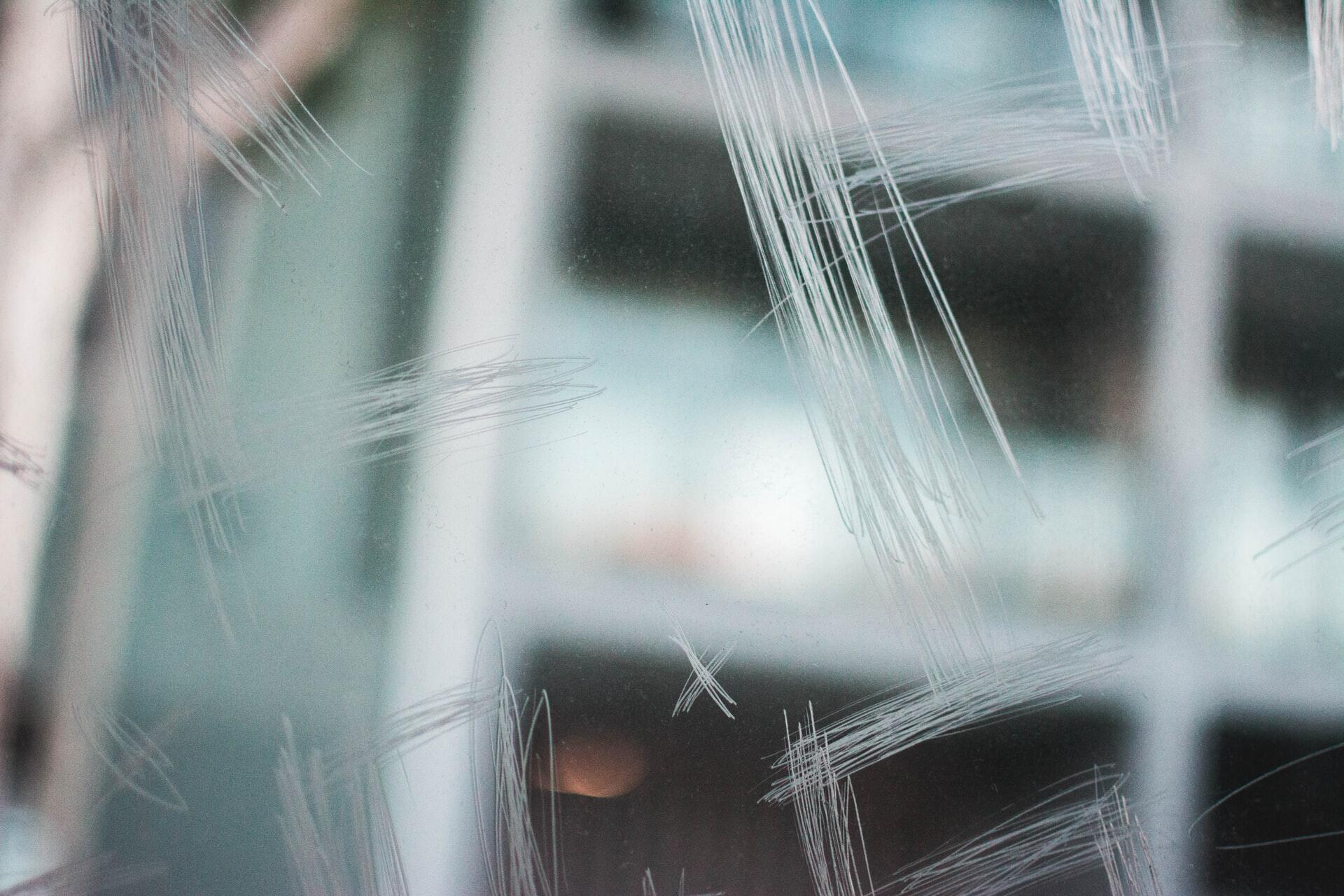
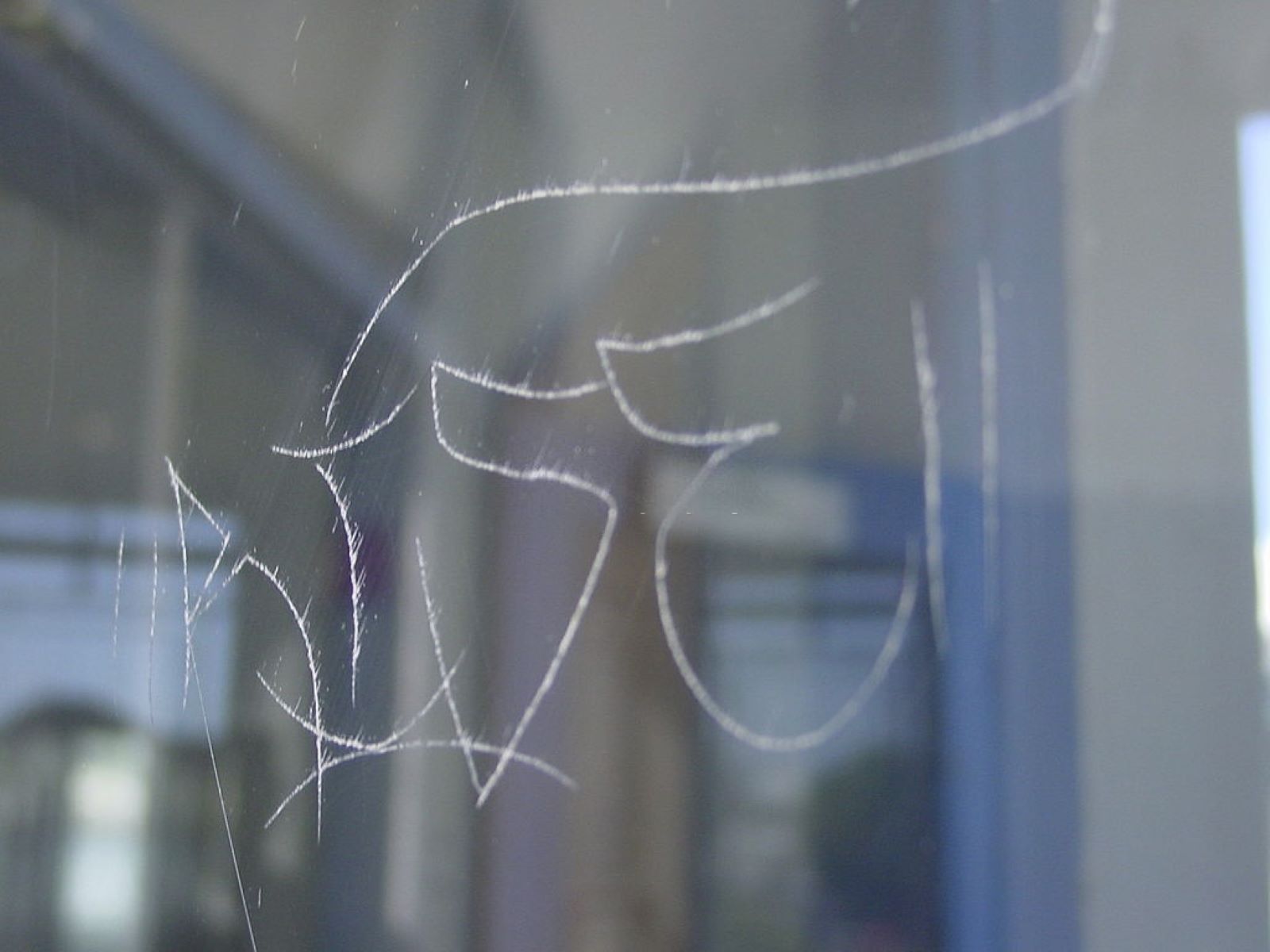
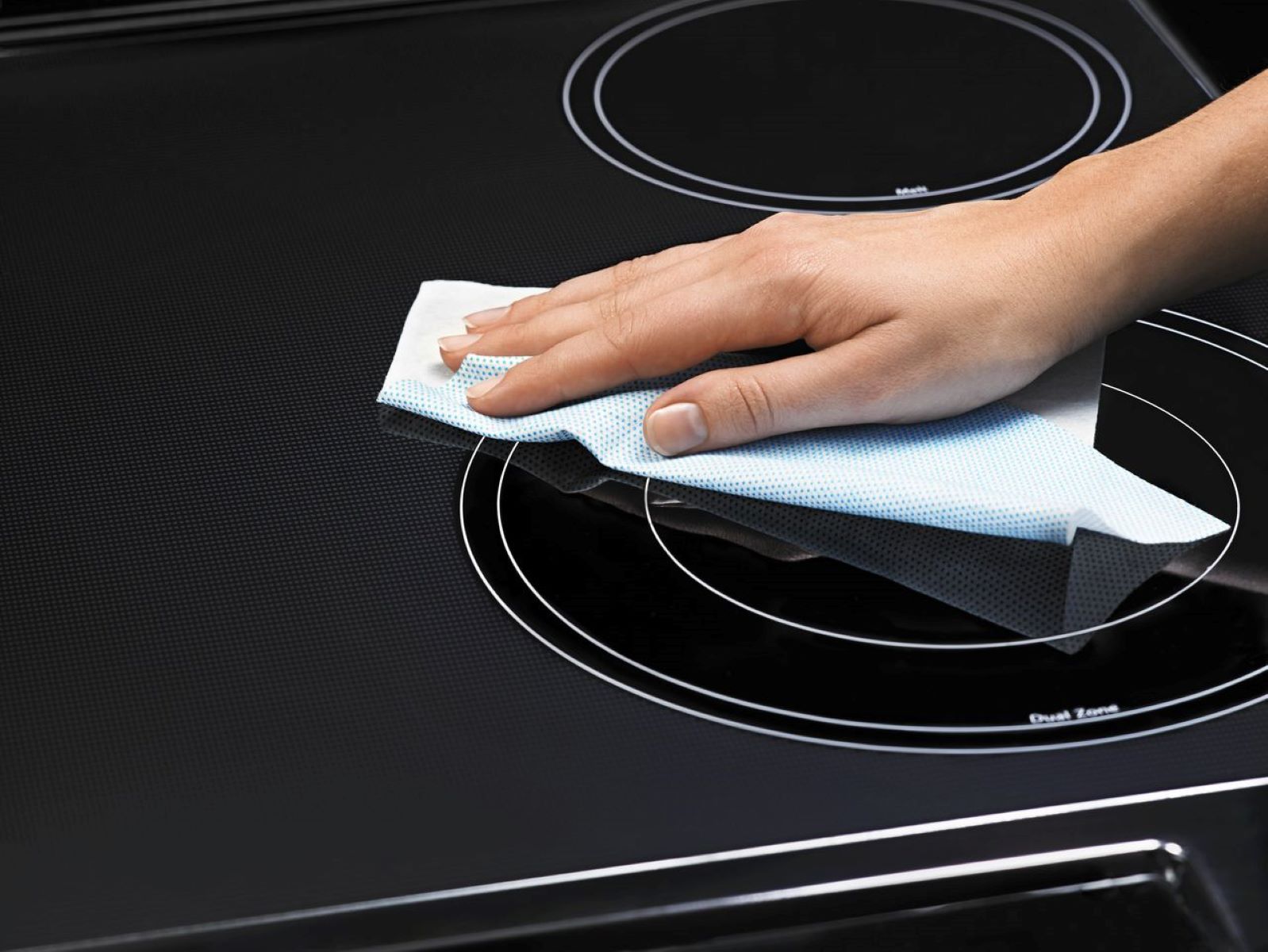
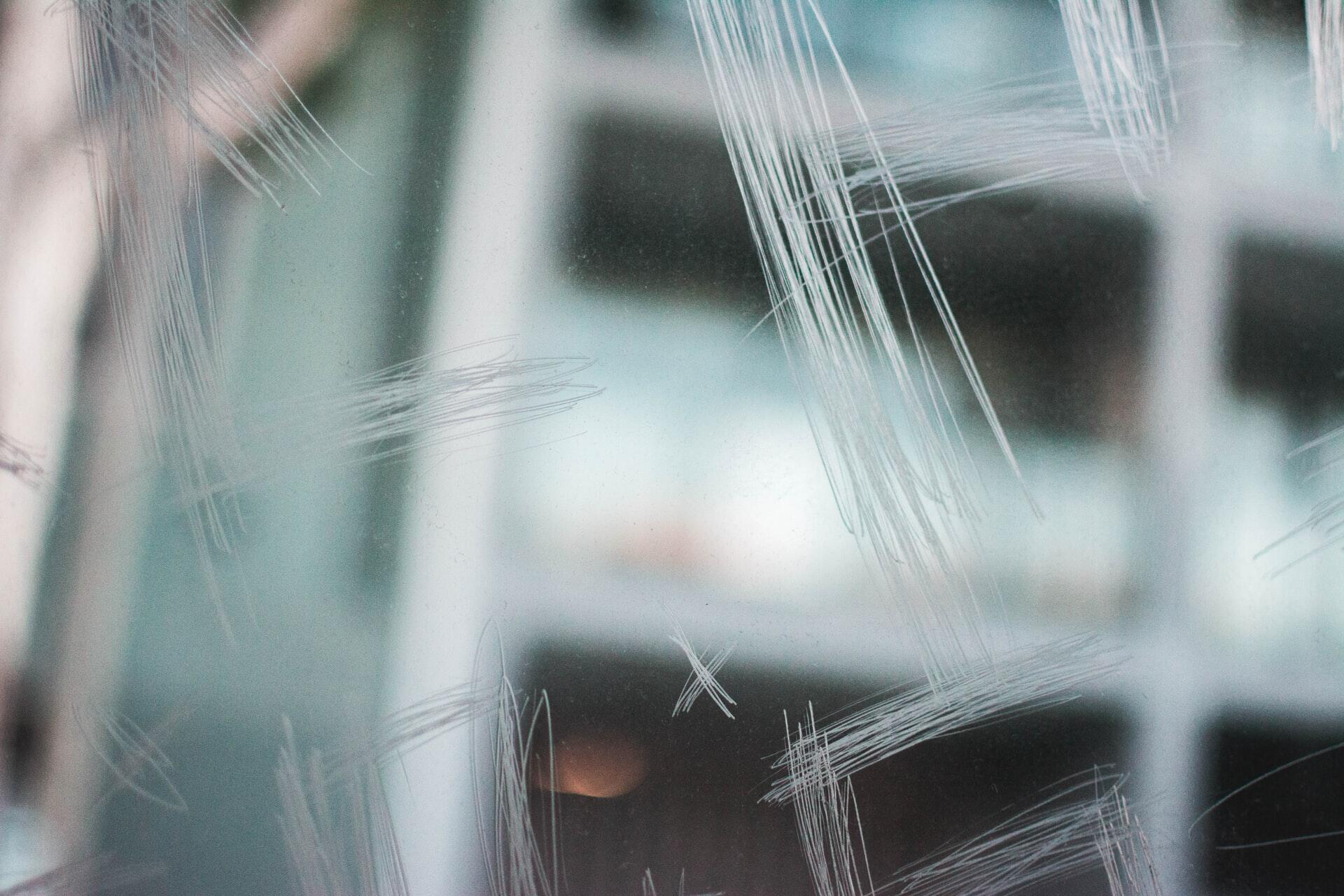
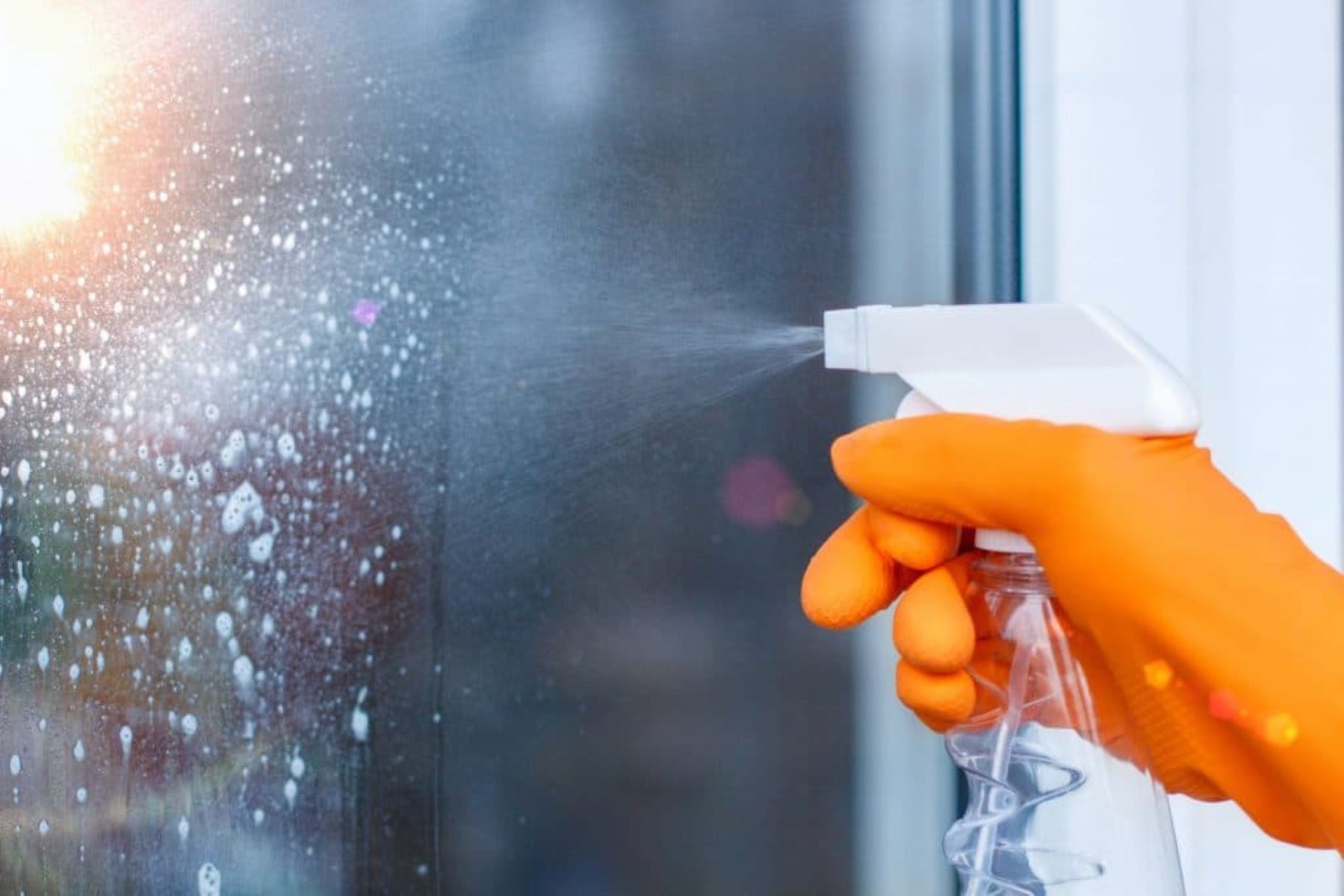
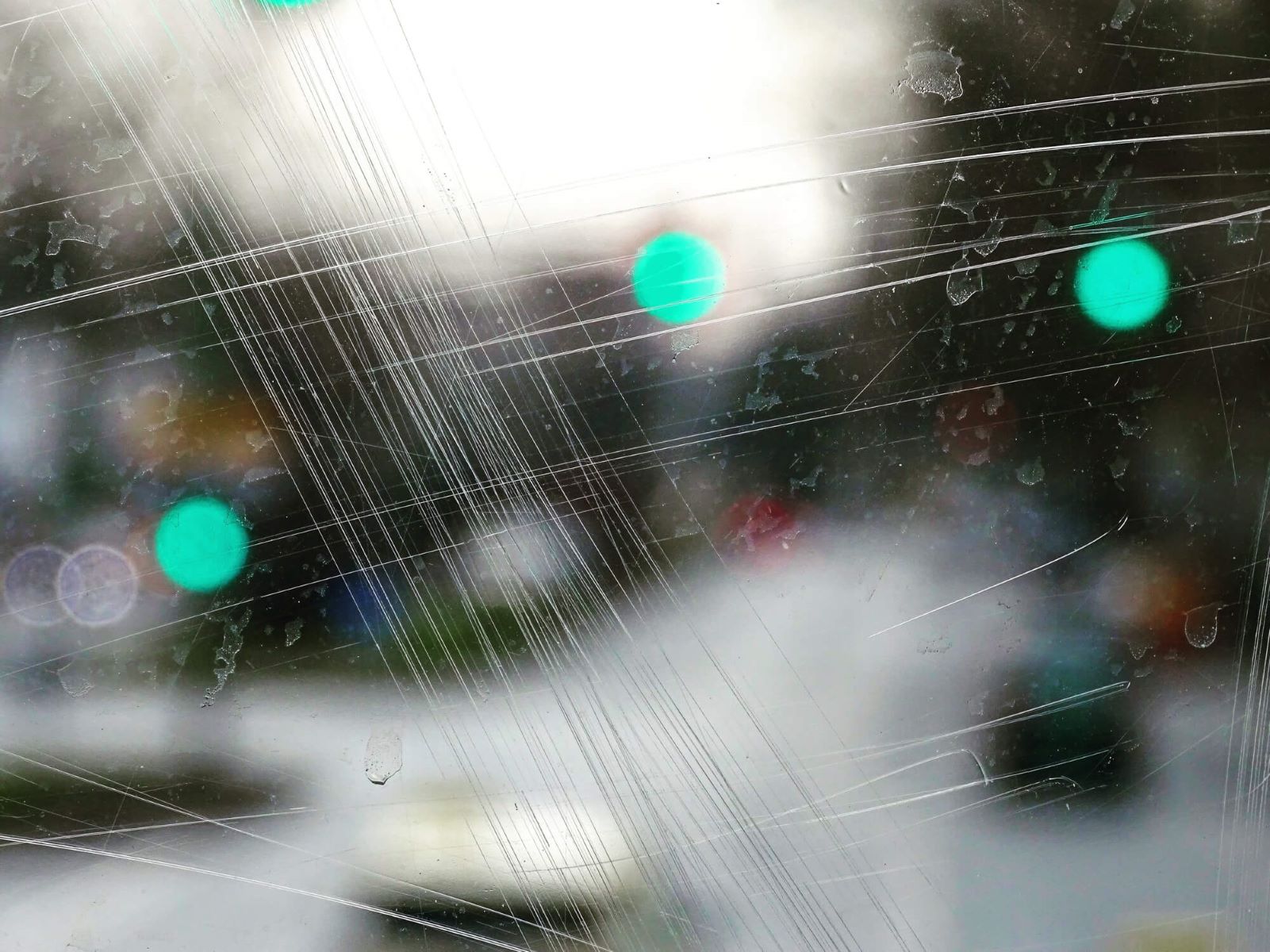
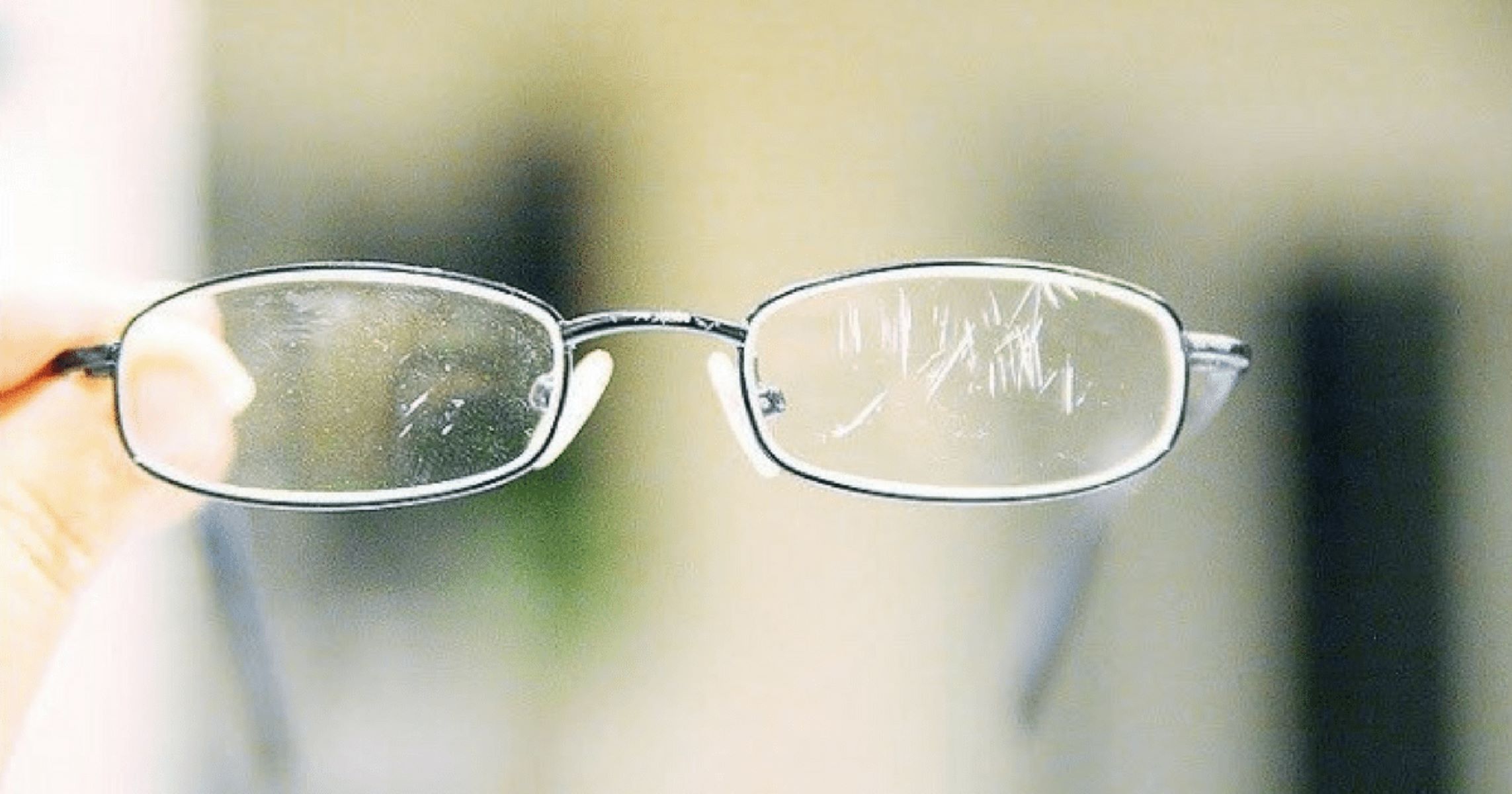
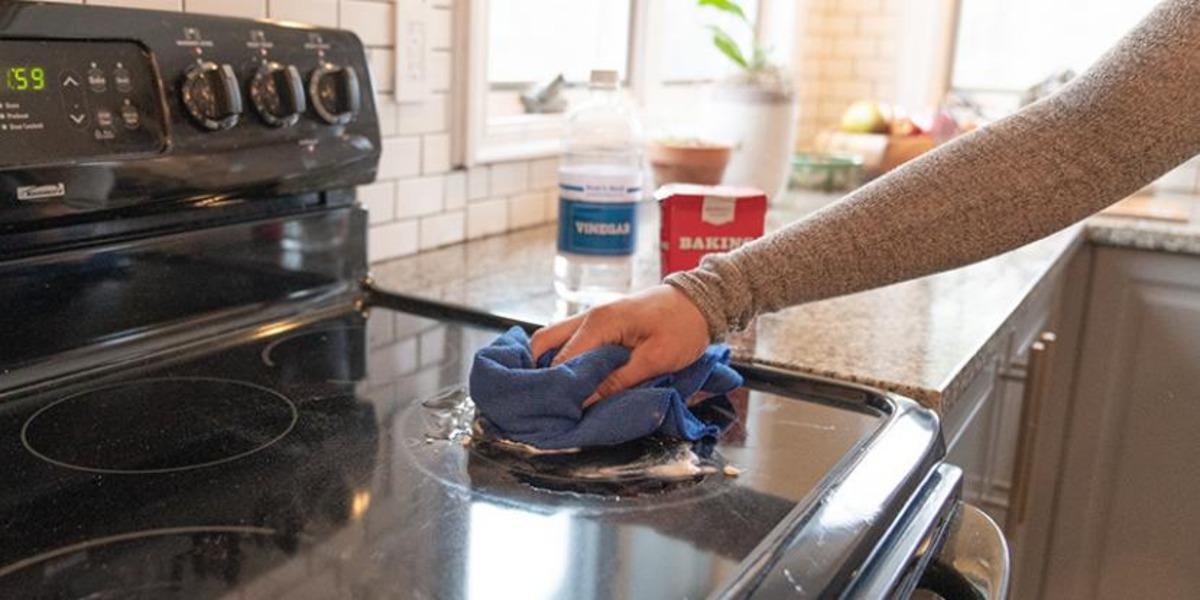
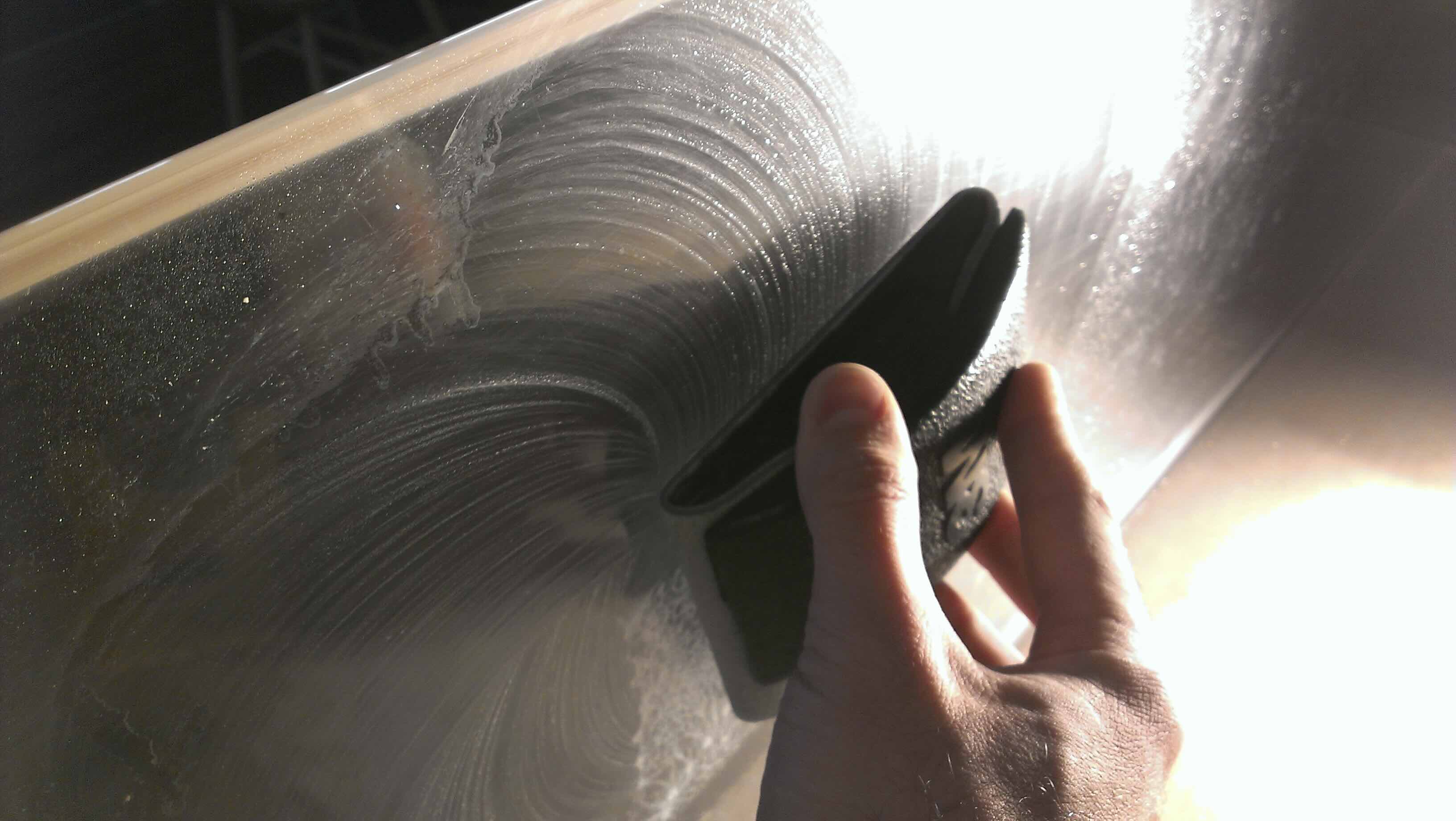
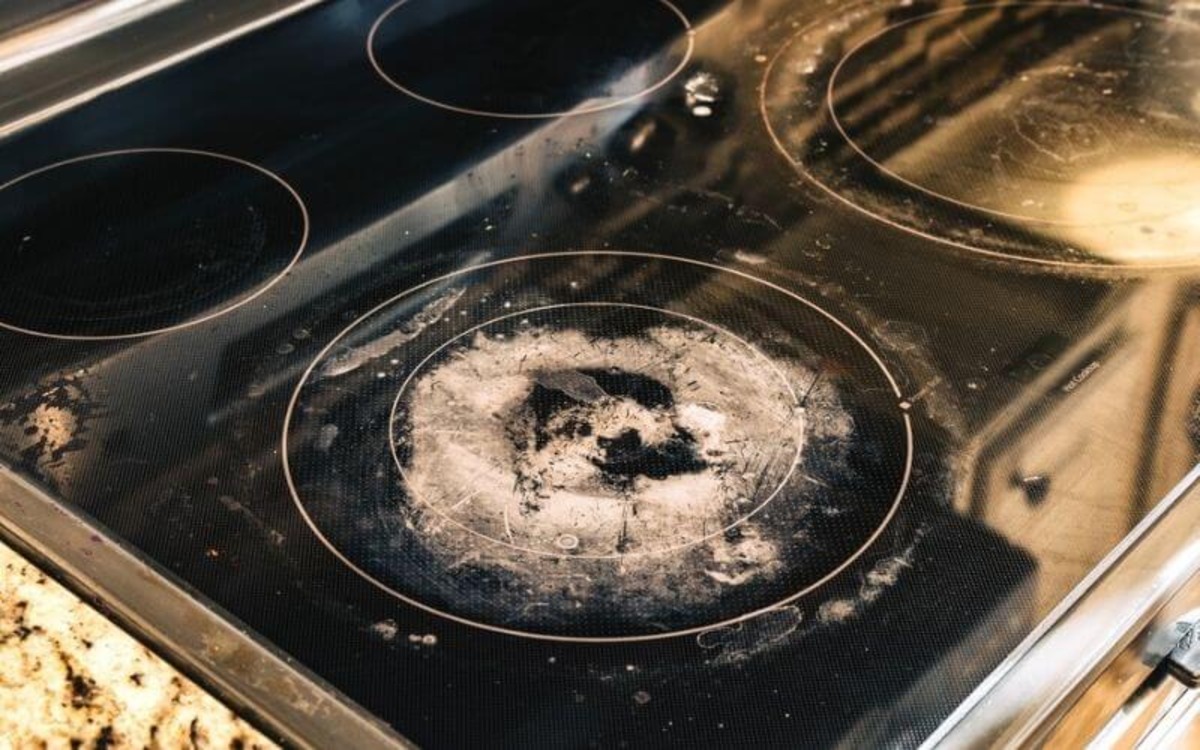

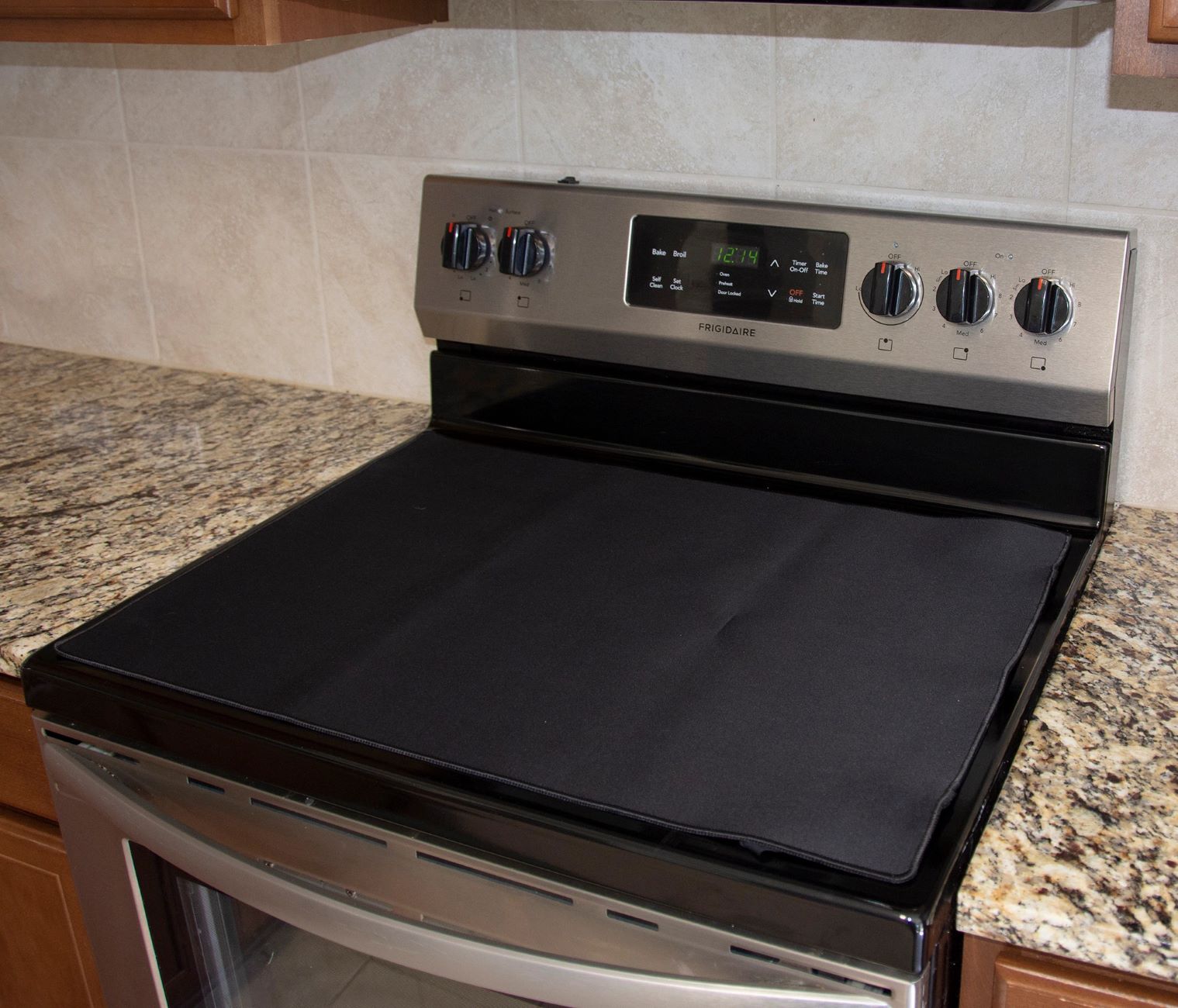
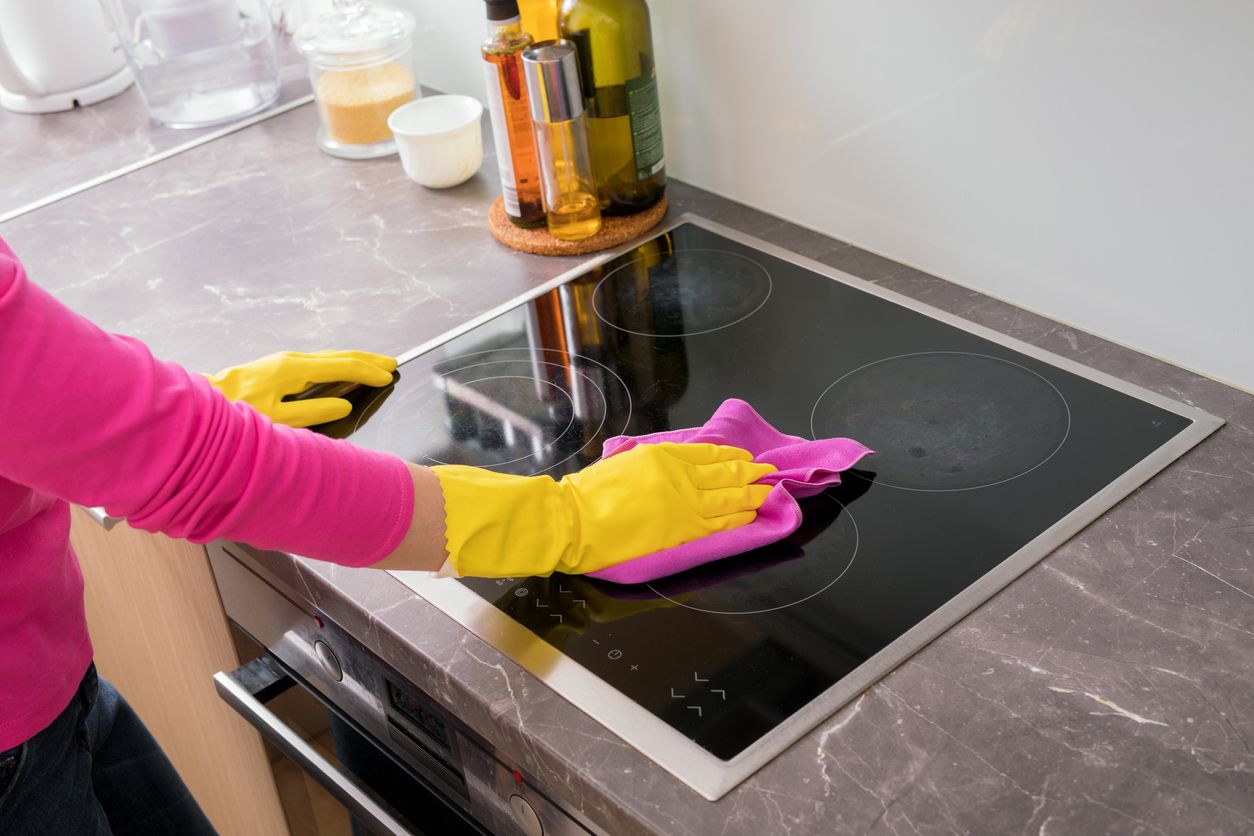
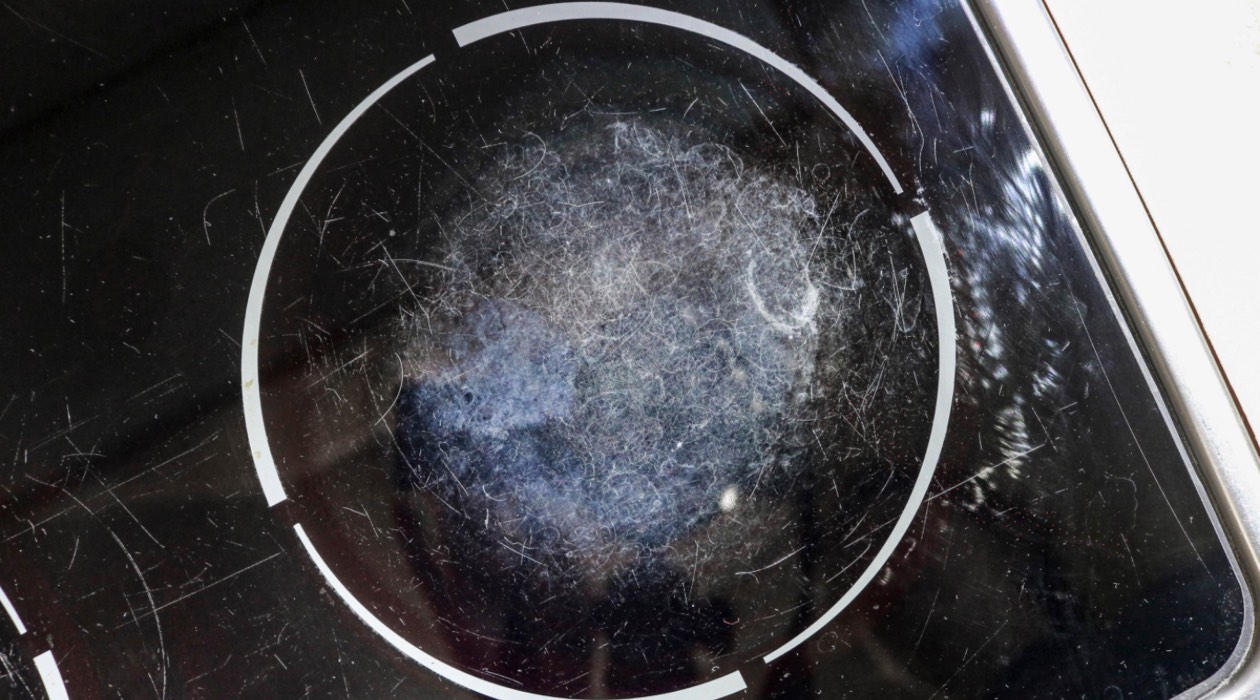

0 thoughts on “How To Clean Scratches On Glass”